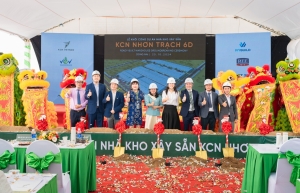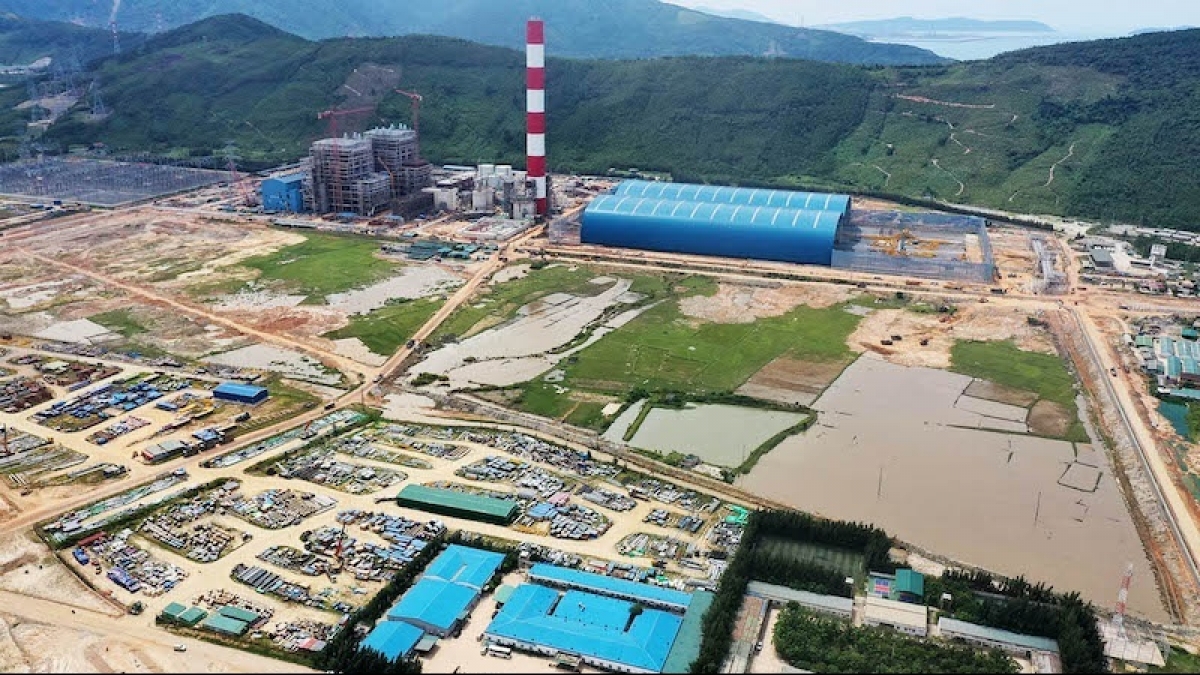INTERNATIONAL INVESTMENT
AND PORTAL
Vietnam reported more than $31 billion in foreign direct investment (FDI) in the first 11 months of the year, an on-year increase of almost 1 per cent, according to data from the Foreign Investment Agency (FIA) under the Ministry of Planning and Investment.
 Small but quality FDI projects invested in southeastern localities
Small but quality FDI projects invested in southeastern localities
In the first 11 months of 2024, 3,035 new projects were granted investment registration certificates, with a total registered capital of $17.4 billion, up 1.6 per cent in the number of projects and 0.7 per cent on-year in terms of capital.
The adjusted capital for 1,350 ongoing projects hot over $9.9 billion, up almost 13 per cent on-year in number, and up over 40 per cent in capital. There were 3,029 capital contributions and share purchases valued at over $4 billion, falling 7 per cent and just under 40 per cent, respectively.
Additionally, disbursed FDI reached about $21.7 billion, up 7.1 per cent on-year.
Foreign groups invested in 18 out of the 21 economic sectors in the first 11 months of the year. Among them, the manufacturing and processing industry took the lead with over $20 billion, accounting for 64 per cent of the total, and an 8.7 per cent decrease from a year ago.
Real estate followed with over $5.6 billion, capturing 18 per cent of the total and 89 per cent higher than the same period last year. This was followed by wholesale and retail, and power generation and distribution, with over $1.35 billion and more than $1.1 billion, respectively.
Among 106 countries and territories investing in Vietnam during the period, Singapore was the largest foreign investor, with nearly $9.14 billion, or 29 per cent of the total, up almost 54 per cent on-year. South Korea ranked second with nearly $3.9 billion, accounting for 12.4 per cent and down 9 per cent on-year. It was followed by China, Hong Kong, and Japan.
In terms of project numbers, China ranks first for newly registered projects (accounting for 28.3 per cent), and South Korea ranks first for adjusted-registered capital (22.4 per cent), and capital contributions and share purchases (25 per cent).
Foreign investment continued to flow into cities and provinces with more advantages in infrastructure, human resources, administrative procedures, and good investment promotions. The 10 leading localities were Bac Ninh, Quang Ninh, Ho Chi Minh City, Haiphong, Hanoi, Binh Duong, Ba Ria-Vung Tau, Dong Nai, Nghe An, and Bac Giang.
In terms of the project number, Ho Chi Minh City ranks first for newly registered projects (making up 42.3 per cent), adjusted-registered projects (14.7 per cent), and capital contributions and share purchases (71 per cent).
Exports of the foreign investment sector (including crude oil) reached $265.6 billion, up 12.2 per cent on year, and equivalent to 72 per cent of total export turnover. Exports (excluding crude oil) was 264 billion, up 12.3 per cent on year, equalling 71.5 per cent of the total.
Imports for the sector were estimated at $220.4 billion, up 15.6 per cent on year, and covering 63.7 per cent of the total. So the trade surplus of foreign-invested enterprises was $45.2 billion (including crude oil) or $43.5 billion (excluding crude oil), while the deficit of local businesses was $22.1 billion.
 FDI continues to flow into Ba Ria-Vung Tau
FDI continues to flow into Ba Ria-Vung Tau
The steady “inflow” of foreign direct investment (FDI) into Ba Ria-Vung Tau highlights the province's strong appeal to international investors.
 Foreign-invested enterprises drive logistics investment in the southeast region
Foreign-invested enterprises drive logistics investment in the southeast region
Foreign-invested enterprises are intensifying their investments in the logistics sector in Vietnam’s southeast region, capitalising on its strategic advantages and the imminent completion of major infrastructure projects such as airports and highways.
 Trump may mean challenges for Vietnam but FDI remains strong
Trump may mean challenges for Vietnam but FDI remains strong
Vietnam may face challenges from increased trade scrutiny and protectionist policies under Trump’s administration, but the country's strategic position, resilient foreign investment flows, and role in supply chain diversification offer significant opportunities for continued economic growth.
By Nguyen Huong



















